It’s time for another edition of What’s Up Wednesday! Here is some great information to help get you through the middle of the week. Today we have a guest post from a blogger l love, Felice from the Dabbling Speechie. She has been gracious enough to share some ideas and insights for working with Dual Language Learners who have communication disorders.
Ideas & Resources for Servicing Dual Language Learners with
Communication & Language Disorders
I just wanted to first say “thanks” to The Speech Bubble for letting me participate in her “What’s Up Wednesday” feature on her blog. I made several purchases yesterday on the Big TPT sale and grabbed a couple of her great products. In January, I attended a great inservice hosted by my school district about guidelines for intervention when working with dual language learners who have language and communication delays. In my school district we have a wide variety of multi-cultural students whose primary language is not English, so learning how to assess and service dual language learners is high on my priority list! Today, I will be sharing some of the materials and techniques that the speaker recommended as well as a few resources that you may want to add to your speech bin. The speaker’s emphasis was mostly about Spanish-English learners, but the intervention strategies could be used with other bilingual speakers. The best part of the inservice was that all the intervention ideas she recommended were evidence based, which is always great to help with explaining to your team about your reasoning for choosing certain approaches or materials.
I would first like to make a book recommendation to purchase if you have a high percentage of bilingual students on your caseload. I had the privilege of studying under Dr. Celeste Roseberry McKibbin when I completed my undergraduate and graduate education at California State University. She has written a book called Multicultural Students With Special Language Needs in which it includes how students acquire two languages, assessment strategies, intervention ideas, sound/language differences from English to other languages and cultural norms for different ethnicities.
This post is not going to cover assessment strategies, but one thing I will point out is that a student must demonstrate significant weaknesses in both their primary language and secondary language in order to be determined as having a speech and language disorder.
After I have determined that a language disorder exists, the big question that always lingers in my mind is “Now where do I begin with therapy?” It is a daunting task to figure out the best course of treatment for these kids. Here are some of the highlights that I learned from the training:
A. When at all possible, introduce new concepts in Language 1 (L1) and reinforce them in English. Research shows that when a student acquires a concept in L1 first, it is usually easier for him to learn it in English. (Kayser, 1998; Perozzi & Sanchez, 1992; Kiernan & Swisher, 1990)
B. Become familiar with the characteristics and grammatical rules of the student’s primary language because some rules and language are not in the English language.
C. Emphasis and push the importance for caregivers and family members to provide a rich language environment. The stronger the student’s L1 abilities are, the easier it will be to learn L2.
D. Use visualizing strategies to help student improve their abilities to remember what they hear and read. Visualizing and Verbalizing and Story Grammar Marker are two great programs that emphasis visualizing to recall elements from a story. FONEMZ is a great program for targeting phonemic awareness with visual supports.
E. Choose goals that focus on language content rather than form. Using thematic units or activities that use meaningful context to teach language is preferred as well as teaching vocabulary receptively first is most beneficial. Check out this post from The Speech Bubble about this great tool for expanding vocabulary.
Now for the exciting news! Since the explosion of SLP’s on teacherspayteachers, we have some wonderful resources at our finger tips for great, affordable prices that have themes, use meaningful context, contain visual supports and teach language receptively. During the BIG SALE on Sunday, I went in search for some materials that could meet my needs with servicing my bilingual population. Here is what I purchased:
All Aboard English/Spanish Speech Therapy Language Activities created by Crazy Speech World. It has language activities that can be targeting in Spanish and English for categories, comparatives/superlatives, verbs and pronouns. I plan on introducing the concepts in Spanish and then explain the words/concepts in English.
A book companion for Cloudy with a Chance of Meatballs by Psst Let’s Talk. I love this book and it is a great book to pair with a weather or food theme. Both of these themes are easy to relate to because all kids have experienced weather and food in their environments.
Last up, I bought Cooking Up Context Clues by The Speech Bubble. Teaching how to look for context clues in sentences to figure out unfamiliar vocabulary is a great strategy for our bilingual students to learn. I love that her product has a poster that explains what context clues are and each of her stimulus cards have three choices to pick from, so the students can receptively answer!
I hope you found this post to be helpful when servicing bilingual students. I would love to hear about any resources, materials or ideas that other speech therapists are using in your rooms. Thanks for letting me share!
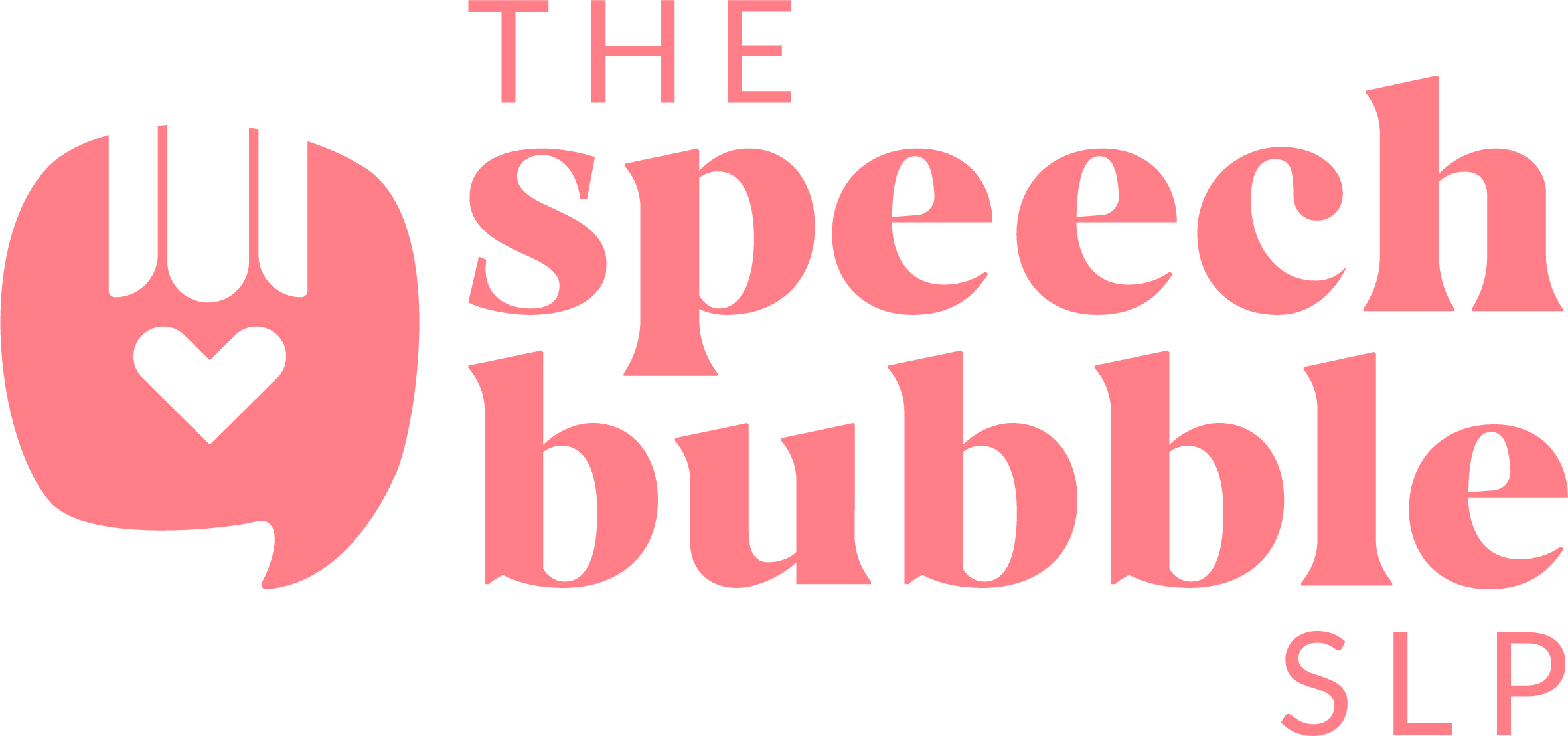



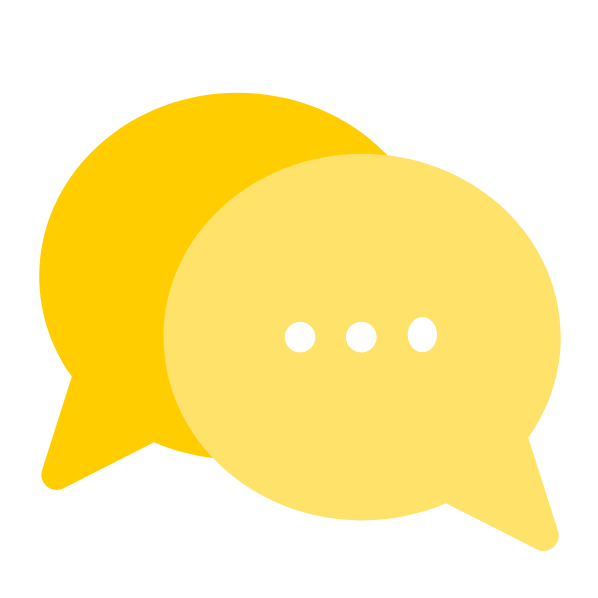






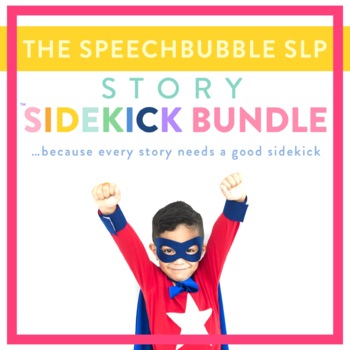






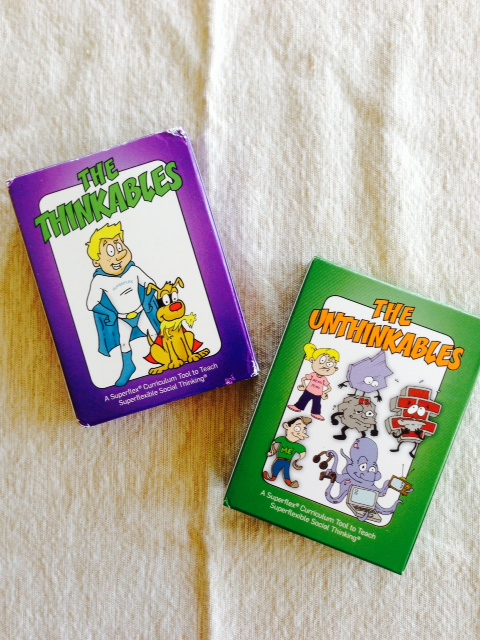


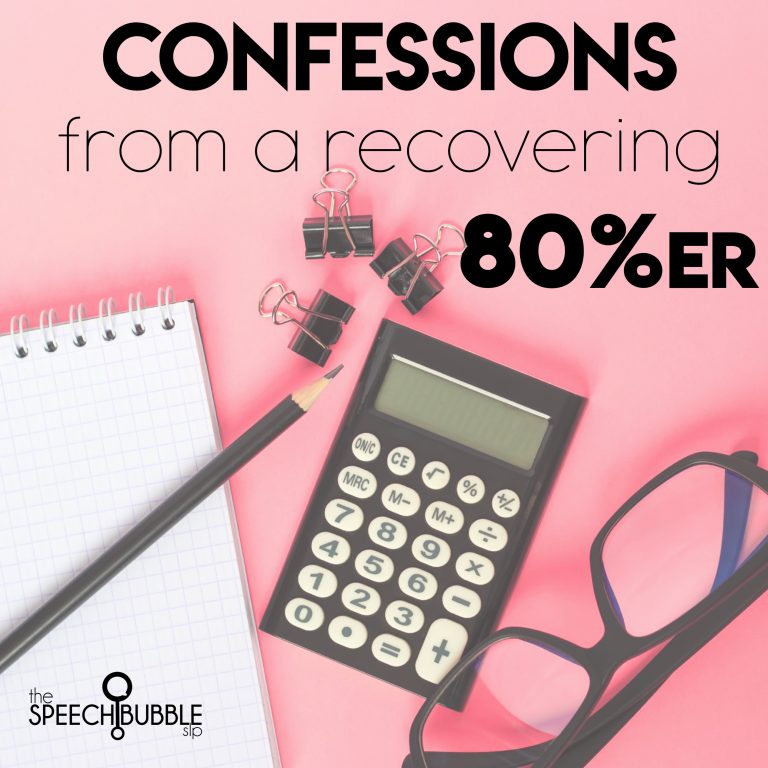

One Response
Thanks for having me! Would love to have you guest post some time on my blog. I was going to talk about that expressive expansion kit and then saw your post and thought “this is a perfect review to add to my post”. I haven’t purchased it yet, but am planning on doing that.